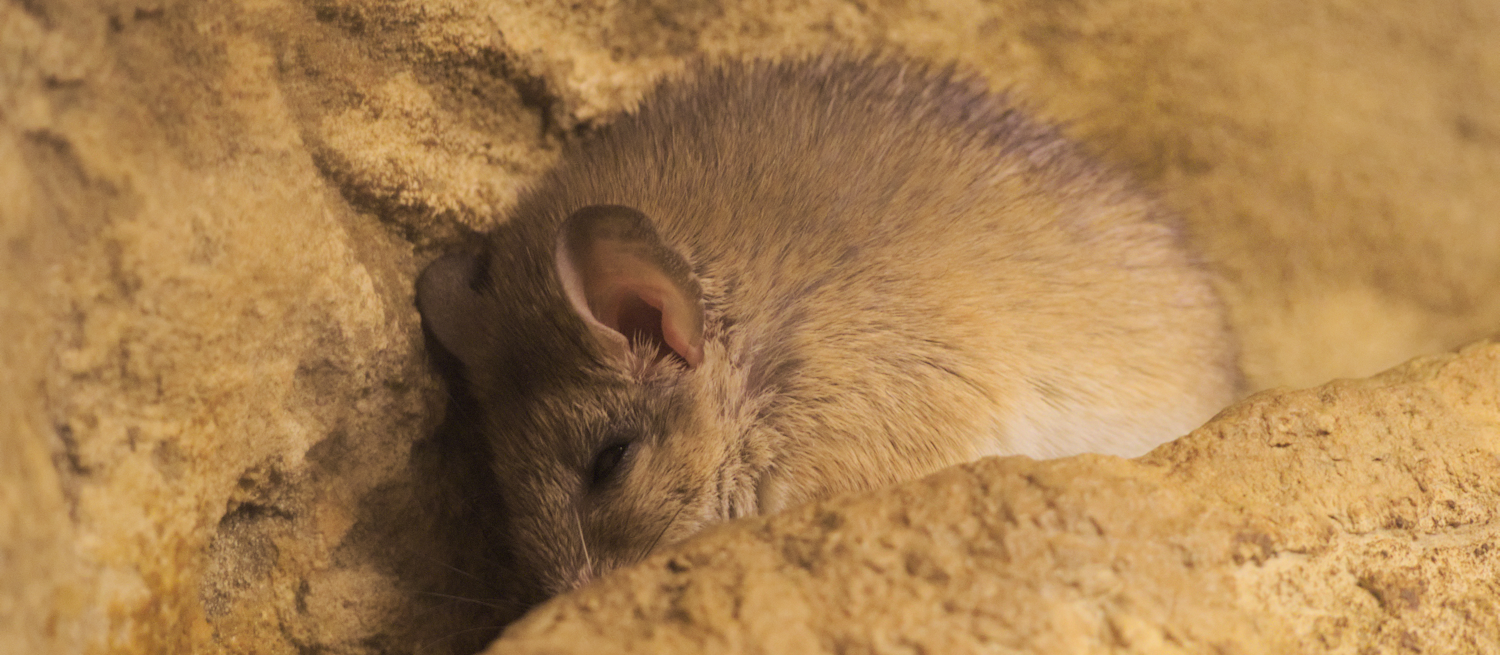Wildlife on Crete
Mammals
In Crete you can find 37 different species of mammals. Of these there are 14 different species of the world's most widespread mammal, namely bats. (Worldwide, there are around 950 species of bats, which together form 1/4 of all known mammal species).
The other terrestrial mammals are relatively small animals. Perhaps with the exception of the Agrimi or 'Kri-Kri', the famous Cretan ibex. Two other mammals found only on Crete, are however very small. It is the Cretan Spiny Mouse and the Cretan shrew.
Dolphins and three other whale species live in the waters around Crete. So does the endangered Mediterranean Monk Seal. Probably, less than 600 animals are left in the world.
Below is a list of mammals in Crete and then brief descriptions of some of the animals.
Insectivores
Southern White-breasted Hedgehog (Erinaceus concolor)
Lesser White-toothed Shrew (Crocidura suaveolens)
Cretan White-toothed Shrew (Crocidura zimmermanni)
Pygmy White-toothed Shrew (Suncus etruscus)
Bats
Blasius' Horseshoe Bat (Rhinolophus blasii)
Greater Horseshoe Bat (Rhinolophus ferrumequinum)
Lesser Horseshoe Bat (Rhinolophus hipposideros)
Lesser Mouse-eared Bat (Myotis blythii)
Long-fingered Bat (Myotis capaccinii)
Geoffroy's Bat (Myotis emarginatus)
Whiskered Bat (Myotis mystacinus)
Common Serotine Bat (Eptesicus serotinus)
Brown Big-eared Bat (Plecotus auritus)
Common Bentwing Bat (Miniopterus schreibersii)
European Free-tailed Bat (Tadarida taeniotis)
Kuhl's Pipistrelle (Pipistrellus kuhlii)
Common Pipistrelle (Pipistrellus pipistrellus)
Savi's Pipistrelle (Pipistrellus savii)
Hares and rabbits
Brown Hare (Lepus europaeus)
European Rabbit (Oryctolagus cuniculus)
Rodents
Brown Rat (Rattus norvegicus)
Black Rat (Rattus rattus)
Broad-toothed Field Mouse / Rock mouse (Apodemus mystacinus)
Wood Mouse (Apodemus sylvaticus)
Western House Mouse (Mus musculus domesticus)
Cretan Spiny Mouse (Acomys minous)
Edible Dormouse (Glis glis argenteus)
Predators
Weasel (Mustela nivalis galinthias)
Beech Marten (Martes foina)
Badger (Meles meles)
Cretan Wildcat (Felis silvestris cretensis)
Ruminants
Cretan Ibex / Agrimi /Kri Kri (Capra aegagrus creticus)
Marine mammals
Mediterranean Monk Seal (Monachus Monachus)
Sperm Whale (Physeter macrocephalus)
Pygmy sperm whale (Kogia breviceps)
Fin Whale (Balaenoptera physalus)
Mediterranean striped dolphin (Stenella coeruleoalba)
The Cretan Ibex
The Cretan Ibex or the 'Kri-kri' (Capra aegagrus creticus) is a feral domestic goat derived from the first stocks of domesticated goats in the Eastern Mediterranean area around 8000-7500 BC. On Crete the males are sometimes called 'agrimi' (the wild one), while the name 'Sanada' is used for the female.
Today the Kri-kri is found only on the island of Crete and three small islands just offshore (Dia, Thodorou and Agii Pandes). It has a light brownish coat with a darker band around its neck. It is a very shy animal and rest during the day. They avoid humans and you'll probably not be able to see them in the wild.
The Kri-kri is not indigenous to Crete, but have been imported during the time of the Minoan civilization. It was once common throughout the Aegean but their last stronghold today is the peaks of the Lefka Ori or the White Mountains of Western Crete.
By 1960 less than 200 animals were left. It had been hunted for food by mountain guerillas during the German occupation in World War II. The threatened status of the Kri-kri was one of the reasons for the Samaria Gorge becoming a national park in the early 1960s. Today, there are still only about 2,000 animals on the island and they are considered vulnerable. Poachers hunt them for their meat, grazing grounds have become scarce and they have been affected by disease. Hybridization is also a threat, as their gene pool is mingled with ordinary goats.
Archaeological excavations have found several wall paintings of the Kri-kri and some believe that the animal was worshiped during antiquity. Today the Kri-kri is a symbol of Crete and much used in tourist brochures and official literature.
The Cretan wildcat
'Fourokattos': The mysterious wildcat of the Psiloritis Mountains.
In 1905 a British lady purchased two animal skins at the market in Chaniá. This proved to be the first physical evidence that there was something real behind the many myths and legends about the 'Fourokattos' (the furious cat) that had been handed down for generations among the Cretans. However, back in 1905 no scientist believed in the existence of such a creature.
Nearly a century later, in 1996, an Italian university team studied the carnivores on Crete. One morning when the team was inspecting their traps in the Psiloritis Mountains they were astonished to find that they had captured a cat of 5,5 kg (12 lbs). When they brought the cat to the University at Rethymnon for further studies it created a sensation.
The Cretan wildcat (Felis silvestris cretensis) has a tawny pelt and a formidable tiger like snarl. Whether it is related to the European wildcat or the African wildcat is disputed. There are two prevailing hypotheses about the wildcats' presence on Crete. Either it came to Crete prior to the separation of the island from the neighbouring mainland, or the animal was brought to Crete for domestication by some of the first settlers, but ran wild.
The Italian scientists are the only ones to ever having captured a live animal and many believed the animal to be extinct until recently (2006) when some sightings were reported. According to some of our neighbours near Villa Talea, the cat has been seen in the area near the holiday house many years ago.

